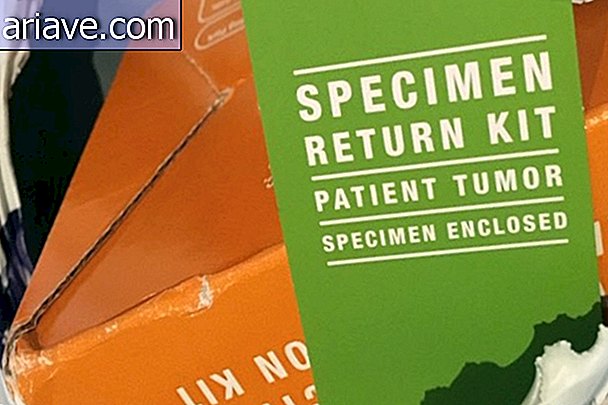Find Out How New Car Smell Is Produced
Everyone who gets into a new car notices a peculiar smell inside the vehicle, which we usually don't feel anywhere else. This distinctive aroma does not happen by accident and is the result of testing and further testing to unravel how odors emanating from over 100 types of materials within the vehicle combine.
The folks at Fast Co. Design spoke with Linda Schmalz, Ford's materials engineer, to unravel the process of creating the “new car smell”. What she said is only a small part of the obsession that all automakers have to make their cars more attractive to customers, even those cheaper models, which explains why this particular odor is unmistakable.
Scientists call this process degassing, which happens when new industrial products release chemicals into the air that have a noticeable odor. In fact, this varies for the interior of each car model, depending on whether fabric, leather, plastic or wood was used in the components, and even the glue used to join certain parts interferes with the end result of this process. These gases are constantly released for a short time and are not renewable, according to Linda.

Smell test
According to the engineer, the major concern in this regard is not directly producing the smell of a new car, but developing materials so that they have noticeable odors but do not disturb anyone inside the vehicle. To test how each part of the car will smell when it's on the street, Ford uses a practically homemade method, made up of glass jars and an oven.
A piece of the material in question is placed inside one of the containers, which is then heated three times each at a different temperature: 22.7 ° C to simulate the ambient temperature; 40 ° C with a little water in the pot to simulate moisture; and 80 ° C to simulate warm air inside a car on a sunny day. A team of six judges assigns scores for each smell individually and subjectively, highlighting anything that seems to smell bad.
All new materials purchased pass this test, even if it is a new type of carpet or wood for the panel. However, combined components are also tested to make sure that their odors work together in the finished product satisfactorily. For example, fragments of all materials chosen to make a door are tested together in one of the glass containers at the three temperatures mentioned above to ensure that it will not smell odd.

"Sworn of smell" cannot smoke
People chosen to test smells usually work in other roles most of the time. The team consists of only one manager who brings a small group of laboratory engineers to the tests, which are performed sporadically. To be selected as a jury, the employee does not need any specific training, but must not smoke, have the flu, have allergies, wear strong perfume or be under any other condition that influences the smell.
Likewise, people with too sensitive a sense of smell are not indicated to perform the test, as a grade given by such a person may influence the choice of material used in the car, impacting the cost of research or manufacture of the car. However, if a component fails the test, the automaker is required to choose a new material to replace the one and retries, although this is becoming increasingly rare as technologies evolve.
“Most of the failures we've had recently, and not many, are in composite materials, ” said Schmaltz, referring to tests with multiple components combined. “Let's take an example of a trunk where a carpet type, a glue type is selected, and everything is stuck to a substrate. Sometimes the glue you choose meets the strength requirements, but its scent is questionable. In this case, it is necessary to talk to the supplier to send another product, ”she said.

Cars smell different to people from different countries
Linda doesn't know if it's a genetic, environmental or cultural issue, but people from different countries smell the same differently. For this reason, Ford maintains laboratories in Europe and China that also perform the same olfactory tests, and the results of all of them are taken into account when approving the “new car smell” that a branded vehicle will have.
That's because it would be too costly to change the interior materials of a car to suit the tastes of the people in every nation where branded cars are marketed. So what they do is try to find a middle ground that pleases most of the public. Leather, for example, is a particularly complicated product because it is natural, so the care when using it is redoubled.
But you can never know for sure what a car will smell like until all the parts are in place and all the smells of the materials interact with each other, and at this point problems can still arise. A supplier may have changed a component of their product formulation and this has not been revised, so the factory calls the lab warning that there is a “smell problem” on the assembly line. However, it is not something that happens often.











